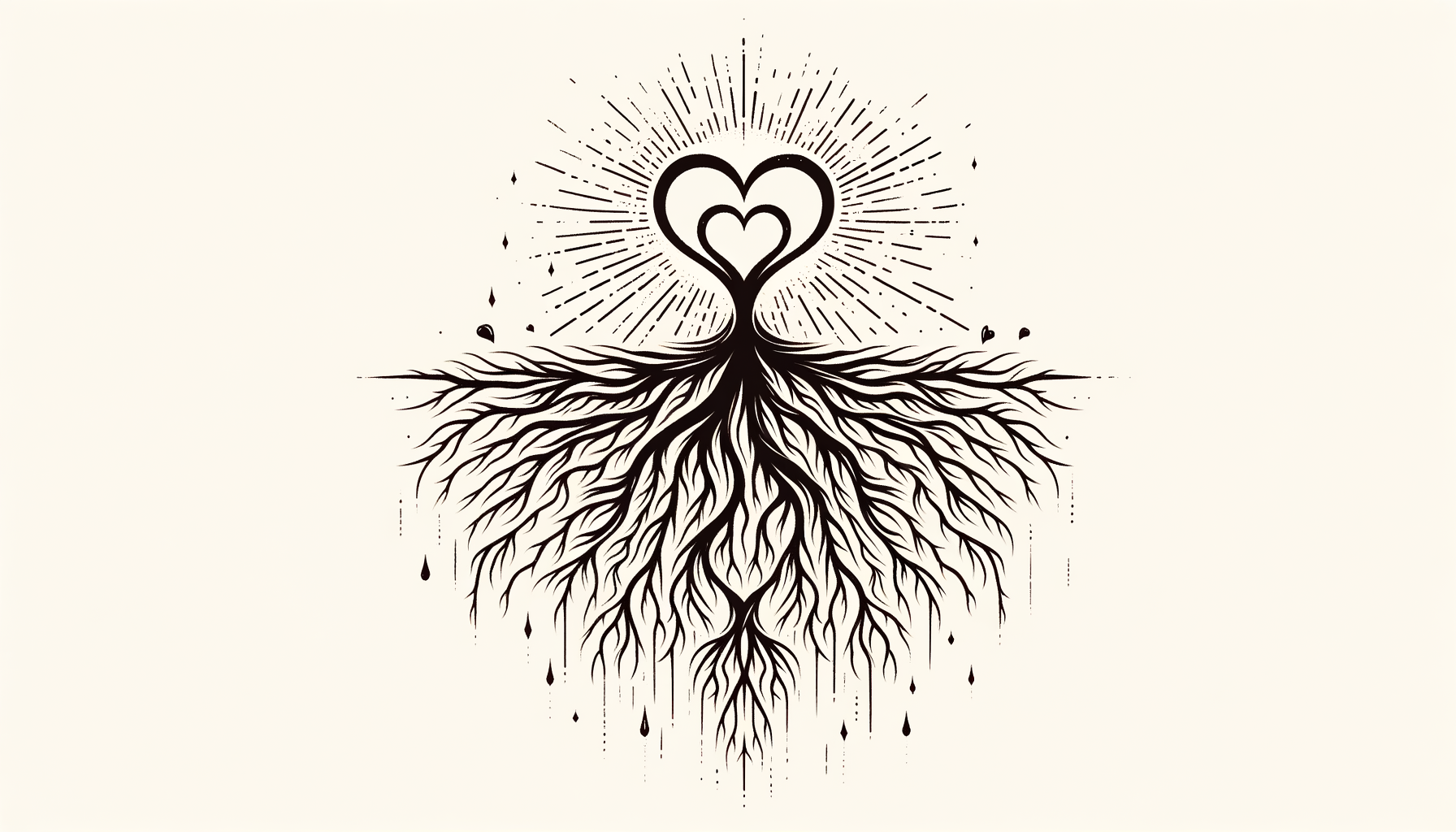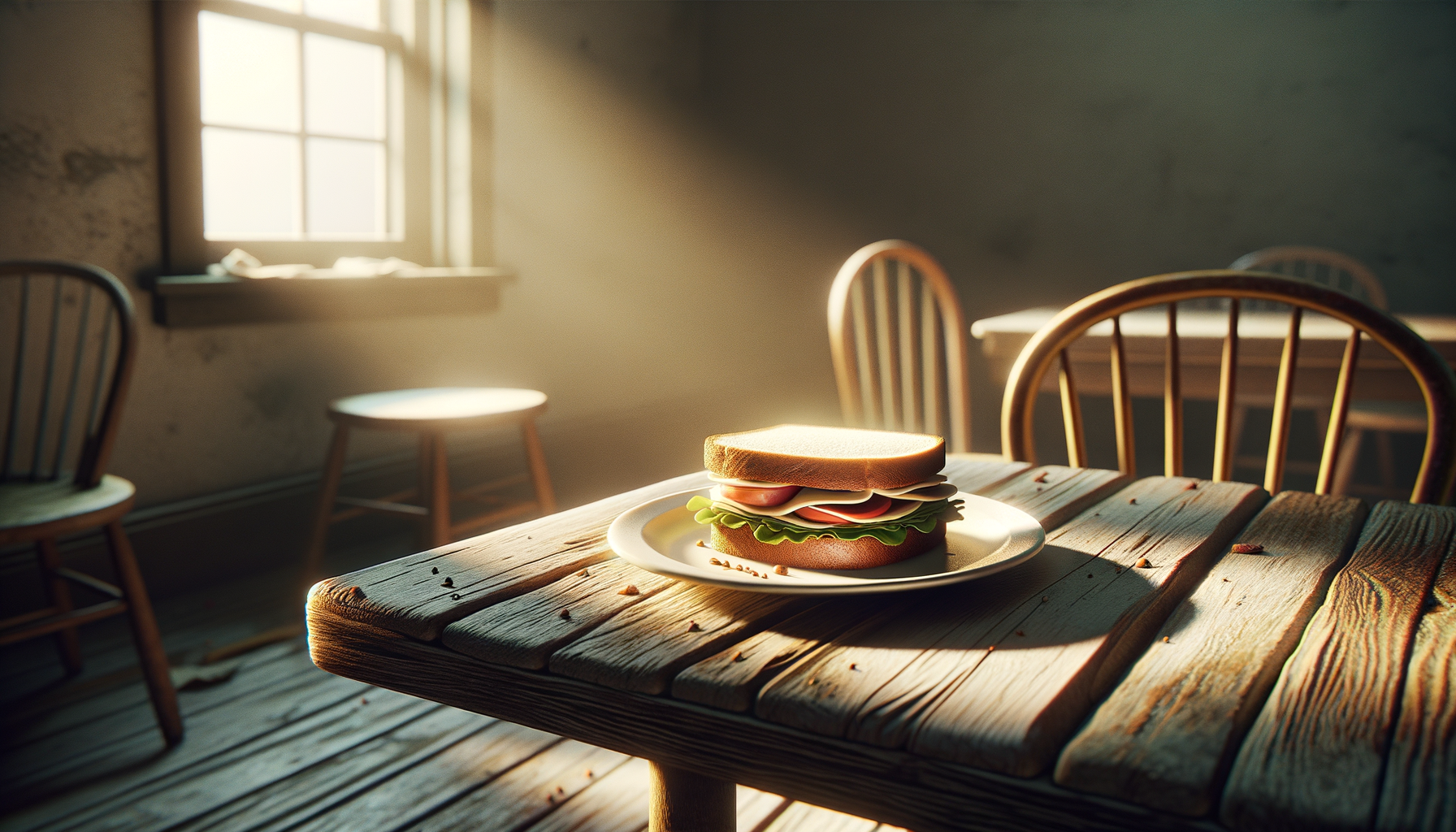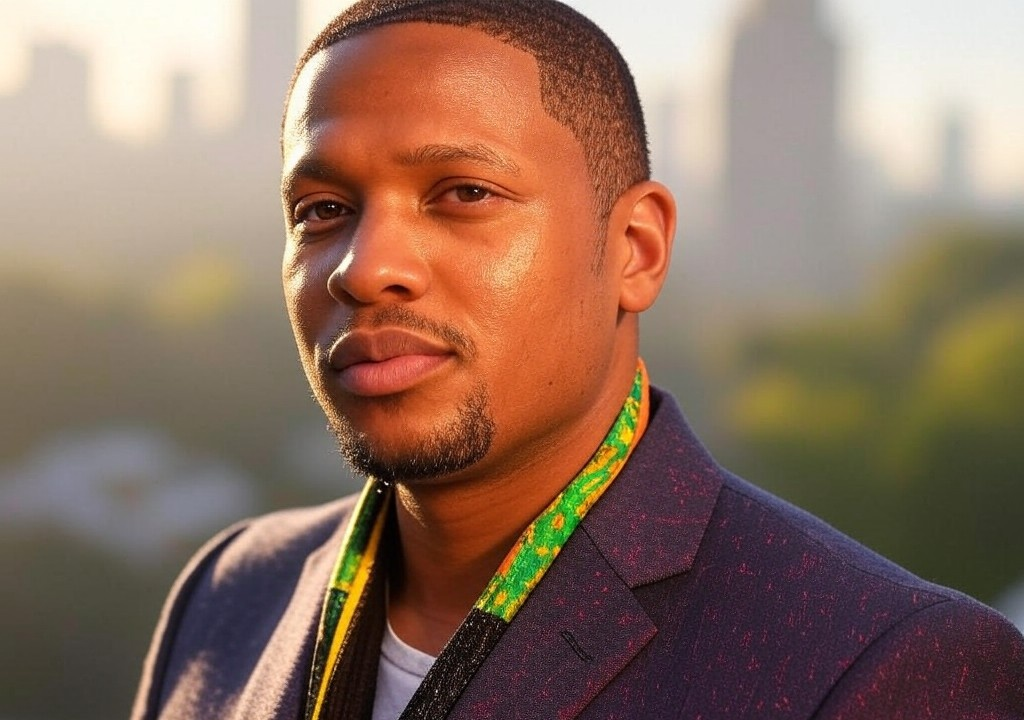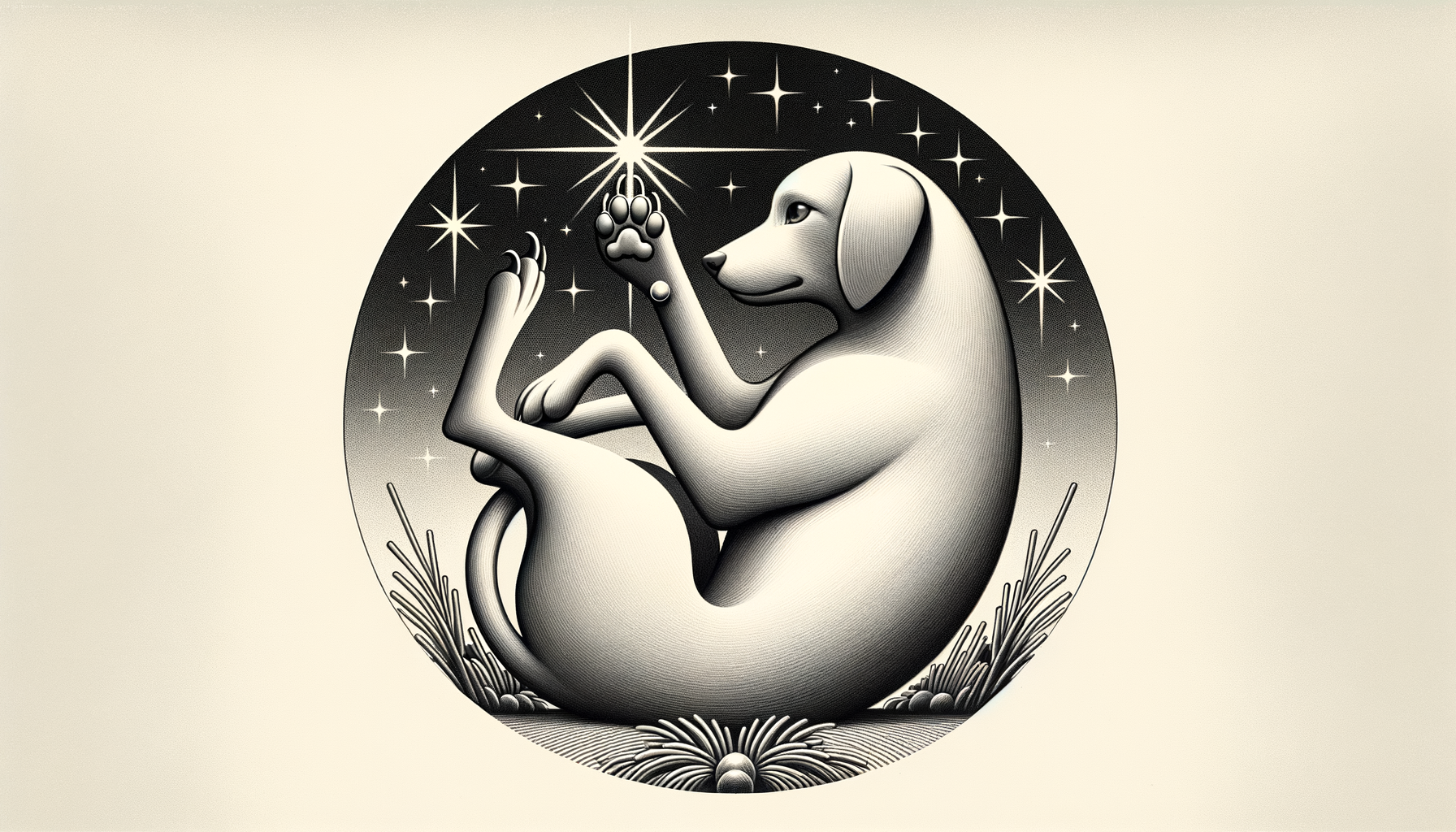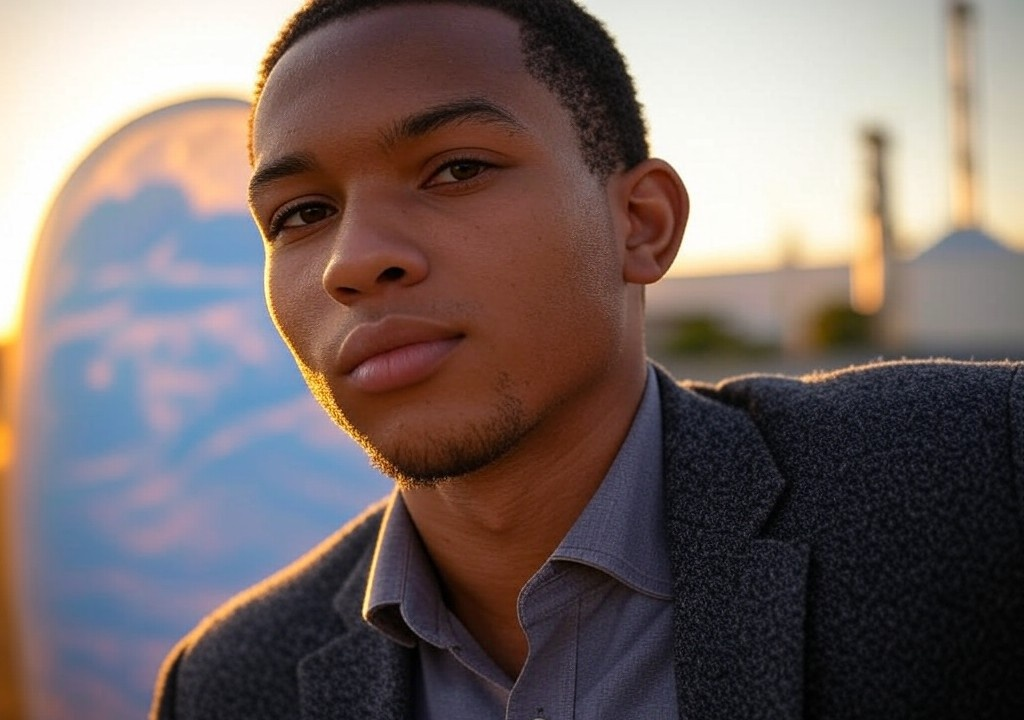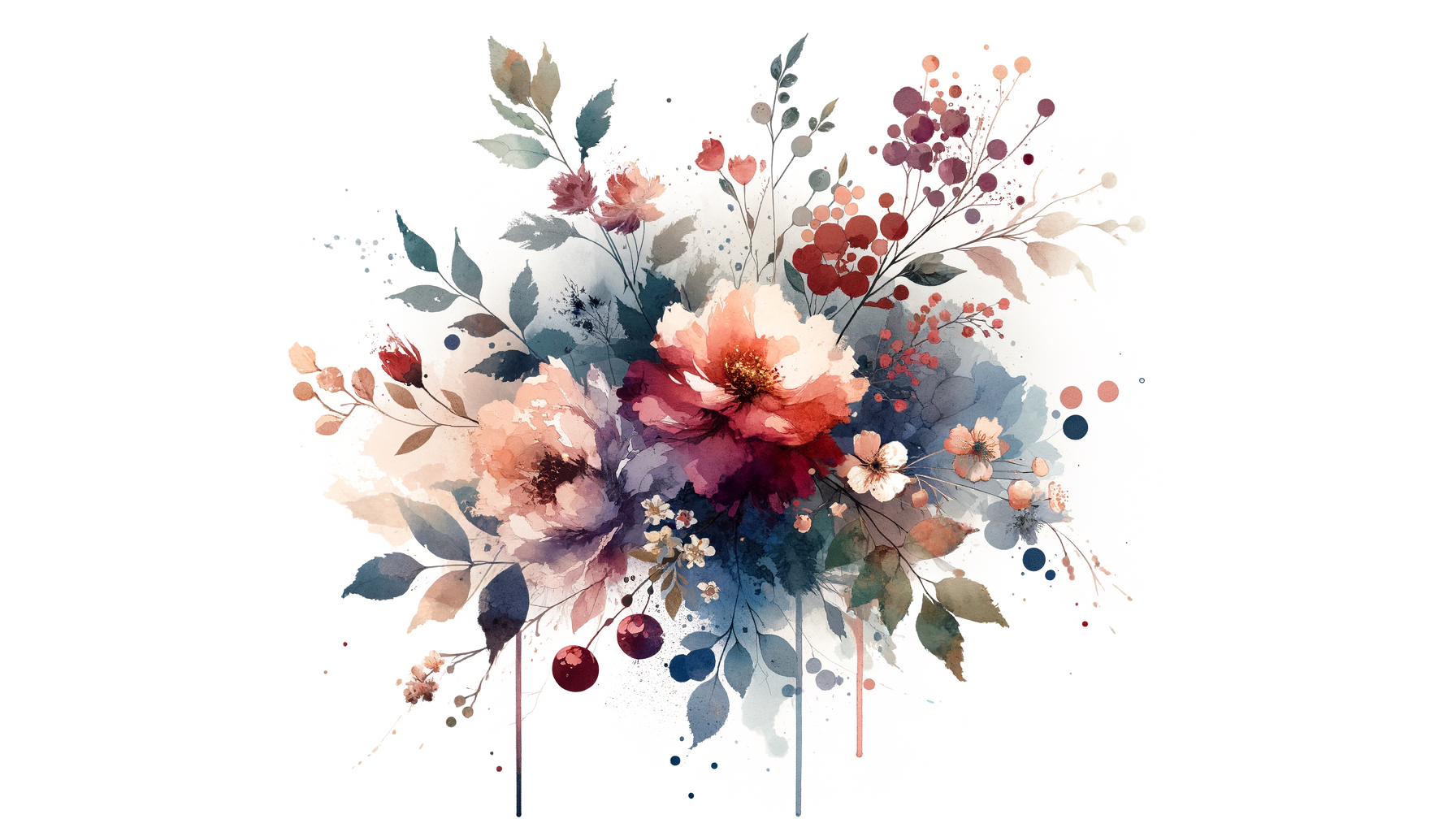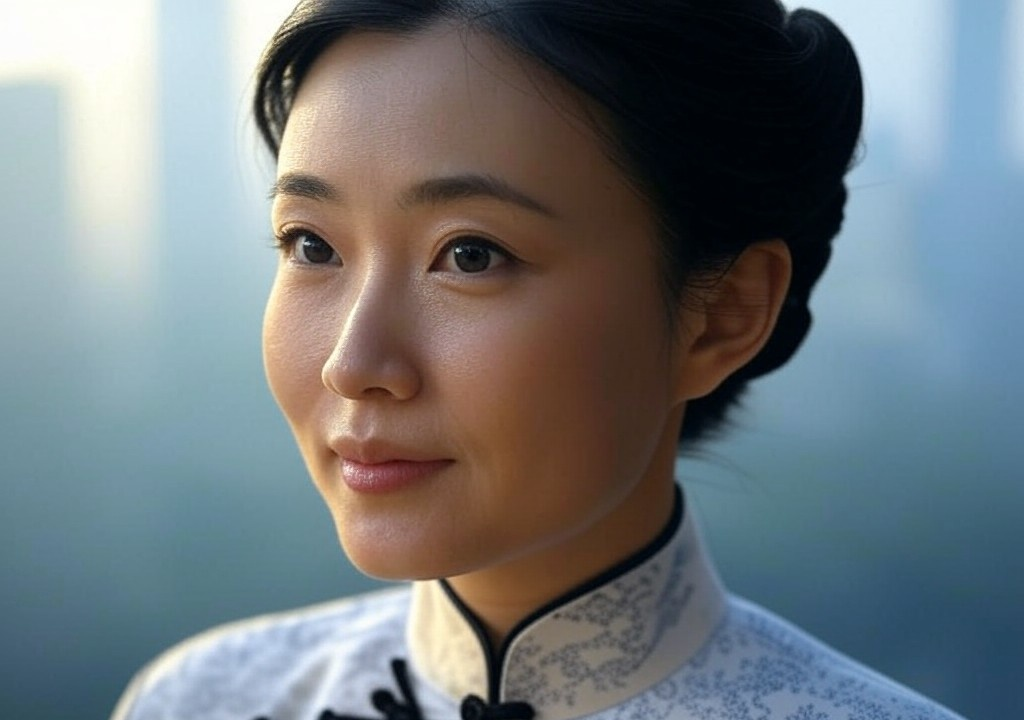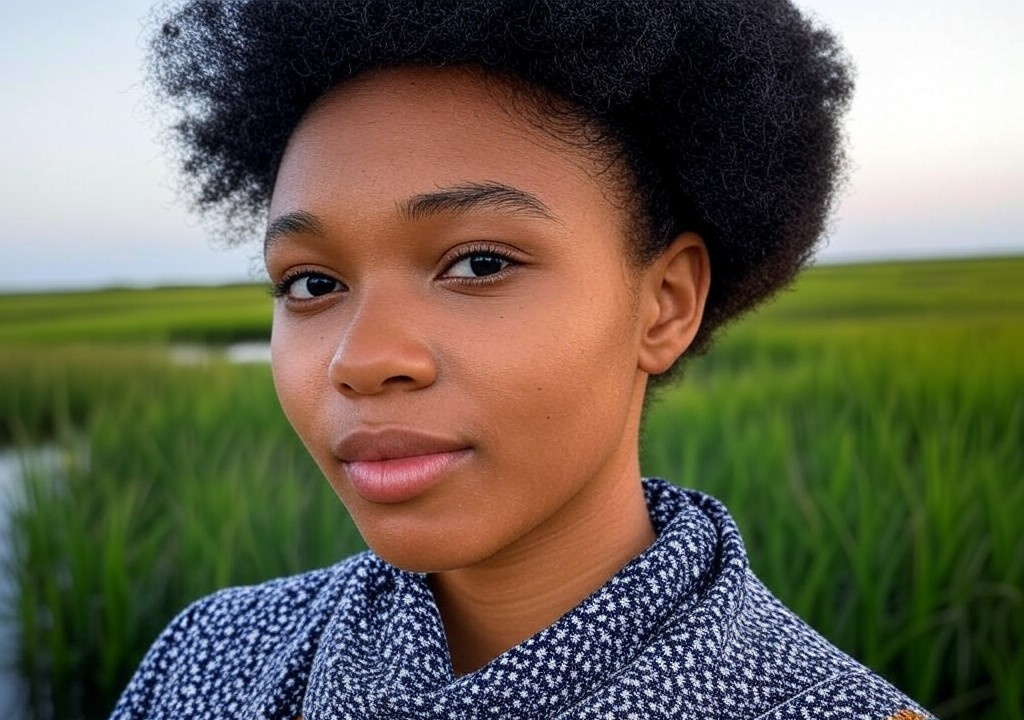Let me tell you about the time a single book upended my entire view of love, life, and relationships. It wasn’t some classic romance novel or deeply intellectual tome on human connection. No, it was about trees. Yep, you read that right—trees. Specifically, it was The Overstory by Richard Powers, a novel that tangles human lives with the awe-inspiring complexity of the natural world. And while it’s technically about forests, it ended up rewriting the way I think about relationships—romantic, platonic, familial… all of it.
I wasn’t expecting this book to mess me up in the best possible way when I first cracked open its cover. At the time, I was living in Santa Monica, attempting to rekindle the flickering flame of a long-term relationship (more on that trainwreck later). I figured reading something rooted in my lifelong love of nature might be therapeutic, a little escape from the messy knots of human connection. I didn’t realize it would return me to those messy knots with a clarity that reshaped how I approach the people I care about—and myself.
Love is More Like a Redwood Forest Than a Tinder Swipe
Here’s the thing about The Overstory: it reminds you that trees outpace us in patience and interconnectedness. While we humans tend to treat relationships like fast fashion—jumping headfirst into the “new” and discarding the old for something shinier—trees are playing the long game. A forest isn’t just a random collection of individual trees. It’s an intricate web of mutual support, communication, and balance. (Yes, trees can communicate—look it up. Or better yet, read the dang book.)
One of the book’s key takeaways is that healthy ecosystems thrive because every part contributes to the whole while maintaining its own identity. Sound familiar? It’s basically the relationship advice I didn’t know I needed. Your relationship isn’t just two individuals existing side by side—it’s a connected network of moments, choices, and growth. When you think about it that way, the goal isn’t just compatibility; it’s symbiosis.
I started asking myself: Am I watering roots, or just polishing the leaves for Instagram? (Metaphorically… because no one wants to be THAT couple with a joint social media account.) Was I focusing on long-term relationship growth or just obsessing over the highlight reel? Spoiler alert: I was doing the latter, and it hit me hard.
Building (and Rebuilding) Your Root System
Remember that “flickering flame” relationship I mentioned earlier? Yeah, reading The Overstory made me realize just how much of our root system had been starved of nutrients—aka communication, kindness, and shared goals. Sure, we were still standing tall like two parallel pines. But underneath? Those roots weren’t tangled anymore. They weren’t even touching. I’d been so busy trimming hypothetical branches—making things look good on the surface—I hadn’t noticed the foundational cracks until Richard Powers all but smacked me upside the head with his prose.
Luckily, trees are also a lesson in resilience. Just because a root system needs rebuilding doesn’t mean it’s doomed. I won’t pretend that the process of “realigning” wasn’t painful (cue an ill-advised couples’ trip to Big Sur and a very blunt conversation under an ancient Monterey Cypress). But it also encouraged me to take a deeper look at my own role in relationships. Was I offering support, or just taking what I needed? Was I letting unresolved conflicts fester underground, assuming everything would magically be fine with enough sunlight?
Here’s how I put the “forest wisdom” to some practical use:
- Nurture the quiet parts. Not every conversation has to be “productive.” Sometimes, sitting together in comfortable silence is just as meaningful as hashing out big feelings. Relationships don’t have to be noisy to be solid.
- Root before branches. Let’s be honest: It’s easy to get distracted by surface-level stuff in relationships. But shared values, mutual respect, and the ability to truly listen? Those things are the roots, and they’re worth prioritizing before the fluff.
- Respect individuality. The tallest trees coexist beautifully with shorter shrubs not because they’re vying for dominance but because they complement one another in the ecosystem. Translation? Don’t make your partner fit into the box of who you think they should be. Honor who they actually are, even if it surprises you.
Not Every Relationship is Meant to Last a Thousand Years
Here’s another hard truth from The Overstory: not everything survives. As much as I wanted to believe that relationships could bloom endlessly with enough effort, the reality is that sometimes ecosystems shift. And that’s okay. In nature, death isn’t failure; it’s a necessary step toward regeneration.
Eventually, my “flickering flame” relationship came to an end. It was inevitable, really. Our roots were heading toward different biomes—metaphorically, at least. I wanted a life full of open-air possibility, travel, and creative risks. My partner was craving small-town stability, predictability, and a fenced garden. We were no longer cultivating the same forest, and trying to force it would’ve only led to resentment. Letting go wasn’t admitting defeat; it was acknowledging reality.
Did I wallow in heartbreak with a pint of sad ice cream while rereading overly poignant passages from The Overstory? You bet. But like the book reminded me, letting something go doesn’t mean erasing its impact. A tree that falls enriches the soil for new growth. Relationships, even those that end, do the same. I came out of it stronger, more aware of what I wanted, and more able to appreciate the beauty of what had been.
Cultivating a Forest of Connection
If there’s one thing The Overstory taught me about love and relationships, it’s that they’re as much about community and cooperation as they are about individual passion. Trees in a healthy forest don’t operate in isolation; they share nutrients through roots, send out warning signals when the environment shifts, and offer shade to their neighbors. So why shouldn’t we?
Post-breakup, I shifted my focus. While I wasn’t quite ready to dive headfirst into something new romantically, I found myself doubling down on the relationships I had neglected: friendships that needed fertilizing, family bonds that needed tending, and—most importantly—the relationship with myself. (Pro tip: Self-care doesn’t have to mean spa days and bubble baths. Sometimes, it’s just eating a real breakfast and finally going to therapy.)
I also gave myself permission to embrace interdependence in future relationships. We’re all wired to need connection, even if pop culture tries to sell us on the myth of “radical independence” or “finding your other half.” Real love—whether romantic or otherwise—isn’t about completing each other. It’s about complementing each other, just like a sturdy oak balances the wildflowers beneath its canopy.
Conclusion: Take a Page from the Forest
So, what’s the moral of the story? It’s that a tree, like a relationship, doesn’t thrive in isolation. Whether you’re nurturing a budding romance or tending the roots of a decades-long partnership, the principles are remarkably simple: patience, care, communication, and balance. Some seasons will be stormier than others, and not every relationship will withstand the test of time. But each one can teach you something, and that learning becomes part of the rich soil for whatever comes next.
To this day, I can’t walk through a forest (or, let’s be honest, the palm-lined boulevards of Los Angeles) without thinking about the lessons I picked up from The Overstory. Trees may not swipe right or send goodnight texts, but they’ve certainly mastered the art of standing tall, staying connected, and weathering the storms. And if a Redwood can survive for hundreds of years, maybe—just maybe—so can we.



